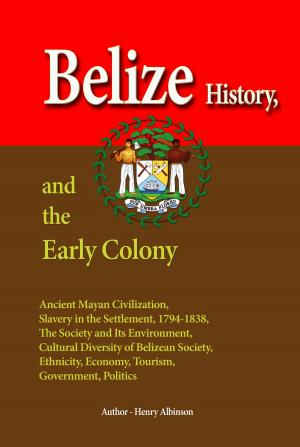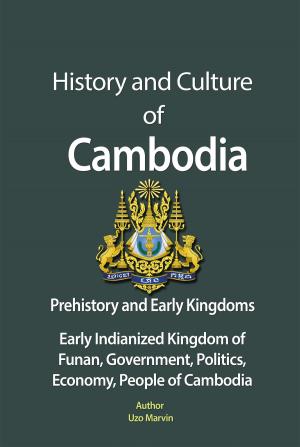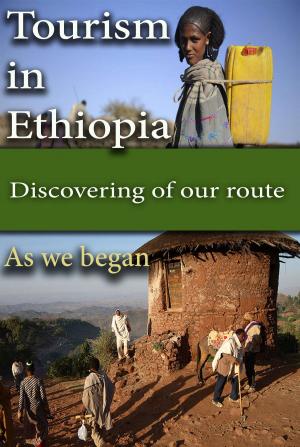History of Jordan, The King, Israeli Invasion of Lebanon
Nonfiction, History, Middle East, Fiction & Literature, Action Suspense| Author: | Uzo Marvin | ISBN: | 9781311662897 |
| Publisher: | Sonit Education Academy | Publication: | June 29, 2016 |
| Imprint: | Smashwords Edition | Language: | English |
| Author: | Uzo Marvin |
| ISBN: | 9781311662897 |
| Publisher: | Sonit Education Academy |
| Publication: | June 29, 2016 |
| Imprint: | Smashwords Edition |
| Language: | English |
Jordan’s location as a buffer zone between the settled regions of the Mediterranean littoral west of the Jordan River and the major part of the desert to the east contributed significantly to the country's experience in ancient and more recent times. Until 1921, however, Jordan had a history as a vaguely defined territory without a separate political identity. Its earlier history, closely associated with the religions of Judaism, Christianity, and Islam, therefore comes under the histories of the contending empires of which it often formed a part.
By the time the area was conquered by the Ottoman Empire in the sixteenth century, the inhabitants of three general geographic regions had developed distinct loyalties. The villagers and town dwellers of Palestine, west of the Jordan River, were oriented to the major cities and ports of the coast. In the north of present day Jordan, scattered villagers and tribesmen associated themselves with Syria while the tribesmen of southern Jordan were oriented toward the Arabian Peninsula. Although most of the populace were Arab Muslims, the integration of peoples with such differing backgrounds and regional characteristics hampered the creation of a cohesive society and state.
Jordan’s location as a buffer zone between the settled regions of the Mediterranean littoral west of the Jordan River and the major part of the desert to the east contributed significantly to the country's experience in ancient and more recent times. Until 1921, however, Jordan had a history as a vaguely defined territory without a separate political identity. Its earlier history, closely associated with the religions of Judaism, Christianity, and Islam, therefore comes under the histories of the contending empires of which it often formed a part.
By the time the area was conquered by the Ottoman Empire in the sixteenth century, the inhabitants of three general geographic regions had developed distinct loyalties. The villagers and town dwellers of Palestine, west of the Jordan River, were oriented to the major cities and ports of the coast. In the north of present day Jordan, scattered villagers and tribesmen associated themselves with Syria while the tribesmen of southern Jordan were oriented toward the Arabian Peninsula. Although most of the populace were Arab Muslims, the integration of peoples with such differing backgrounds and regional characteristics hampered the creation of a cohesive society and state.















